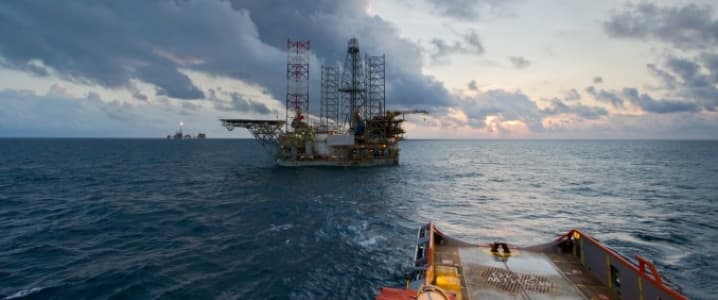It has not been a pleasant couple of years for the vast majority of energy companies or their investors. But perhaps the hardest hit area of all has been the offshore sector. Offshore oil exploration is the most technologically challenging and most expensive type of exploration, and naturally as a result it requires consistently high and stable oil prices. Add to that a glut of offshore drilling rigs and you have had a recipe for almost complete chaos across the sector.
Even within offshore, there have been groups with better and worse performances. In general, suppliers to offshore producers have had a harder time, and performance has gotten worse as you move up the supply chain. That helps to explain in large part the terrible earnings that Franks International reported last week. The only reason that Frank’s is not trading in the low single digits is that the company has a fortress balance sheet with a massive amount of cash and no debt.
Subsea drone operators have had an even worse time than Frank’s International though. Firms like Oceaneering International provide subsea drones that are used by offshore services companies for inspection, evaluation, and operational needs on offshore platforms. That market has been extremely difficult and OII and its peers are just trying to survive in many cases at this point.
Subsea robots, known as Remotely Operated Vehicles (ROVs) speed up exploration, drilling, construction, and maintenance work at offshore platforms, but at this stage there is very little of that kind of work being done. Oceaneering International and its major competitors in the space, Subsea 7 and Fugro, are all cutting workers and storing their ROVs. At this point, perhaps 25 percent to 30 percent of undersea drones are idle. Related: What The Fall Of OPEC Means For Global Oil Markets
While offshore O&G firms still need some ROVs for maintenance and inspection on existing projects, without new work the drone firms have significant spare capacity. Some analysts think that the offshore drilling market may bottom this year and with it, the subsea drone market may bottom as well. It’s unclear if that will happen or not, but what is clear is that all three of the big undersea drone operators are looking to diversify their operations.
Roughly 75 percent of revenues have historically come from contracts with offshore oil companies. Instead, Oceaneering International and its peers are now looking for opportunities in the installation and repair of undersea telecom cables, construction work on offshore wind farms, and marine salvage work. In the past, work backlogs have been large enough that the companies did not need to diversify, but no more.
Energy industry consultancies InField and Douglas-Westwood both predict that the subsea drone market will bounce back and grow roughly 4-5 percent annually for the next five years. Even at that pace, it may take a while before investors are willing to revalue Oceaneering International’s stock. The company trades a little under $30 a share today, down from roughly $85 a share three years ago. While the stock sports a healthy 3.8 percent dividend, OII’s P/E is nearly 20X. For shares to rebound, investors will need to see evidence that earnings will begin to rebound from the current slump. That could take several years. At this point investors in the industry subsector have little to do but be patient.
By Michael McDonald of Oilprice.com
More Top Reads From Oilprice.com:
- Is A Meaningful Rebound On The Horizon For U.S. Natural Gas?
- Oil Maintains Gains As Traders Remain Hopeful Of OPEC Action
- Shale’s Efficiency Drive And The Coming Frac Sand Boom

















